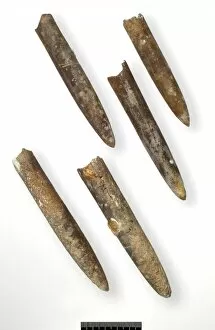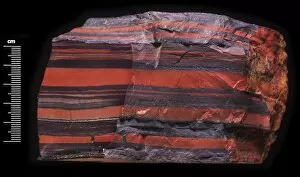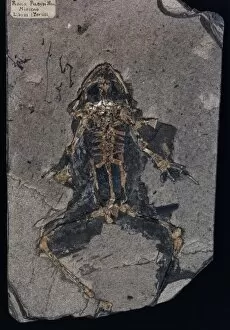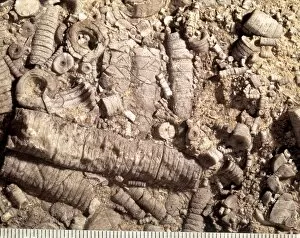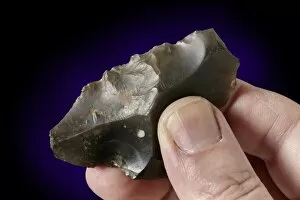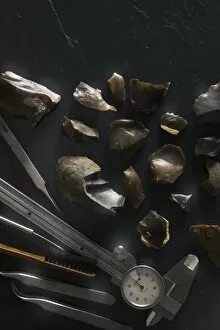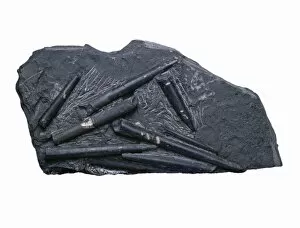Sedimentary Rock Collection (page 9)
"Unveiling the Mysteries of Sedimentary Rock: A Journey through Time and Space" In October 2019, within the Gale Crater landscape on Mars (C014/4934
All Professionally Made to Order for Quick Shipping
"Unveiling the Mysteries of Sedimentary Rock: A Journey through Time and Space" In October 2019, within the Gale Crater landscape on Mars (C014/4934), scientists made a groundbreaking discovery. Plate 4, fig 2 Puddingstone from Mineralienbuch revealed intricate layers of sedimentary rock, offering glimpses into the planet's geological history. As we delve deeper into this captivating subject, let us explore its fascinating features. One remarkable find within these ancient rocks is Calymene blumenbachii brongniart, a trilobite fossil that provides valuable insights into prehistoric life forms. These remnants transport us back to a time when these creatures roamed Earth millions of years ago. Moving closer to home, Oolitic limestone captures our attention with its unique texture resembling fish eggs or small spheres. This distinctive formation can be found in various locations worldwide – even on Mars (C014/4935) in the Gale Crater landscape. Venturing further across continents brings us to Spider Rock in Arizona, USA. Rising majestically against the sky, this towering sandstone monolith showcases nature's artistic prowess carved by wind and water over countless millennia. Meanwhile, Micraster coranguinum (Leske), commonly known as shepherds crown echinoid, graces our exploration with its presence. Fossilized remains like these serve as silent storytellers of Earth's past inhabitants and their evolutionary journey. Bryce Canyon National Park in Utah offers breathtaking sights such as the Famous Natural Bridge basking under sunny skies. Carved by erosive forces over eons, this natural wonder stands tall amidst stunning red rock formations that leave visitors awestruck. Nature never ceases to amaze; at Sunset Point in Bryce Canyon National Park lies an enchanting sight – a tree growing tenaciously upon solid rock. Its resilience serves as a reminder of life's ability to thrive even in the harshest conditions.

